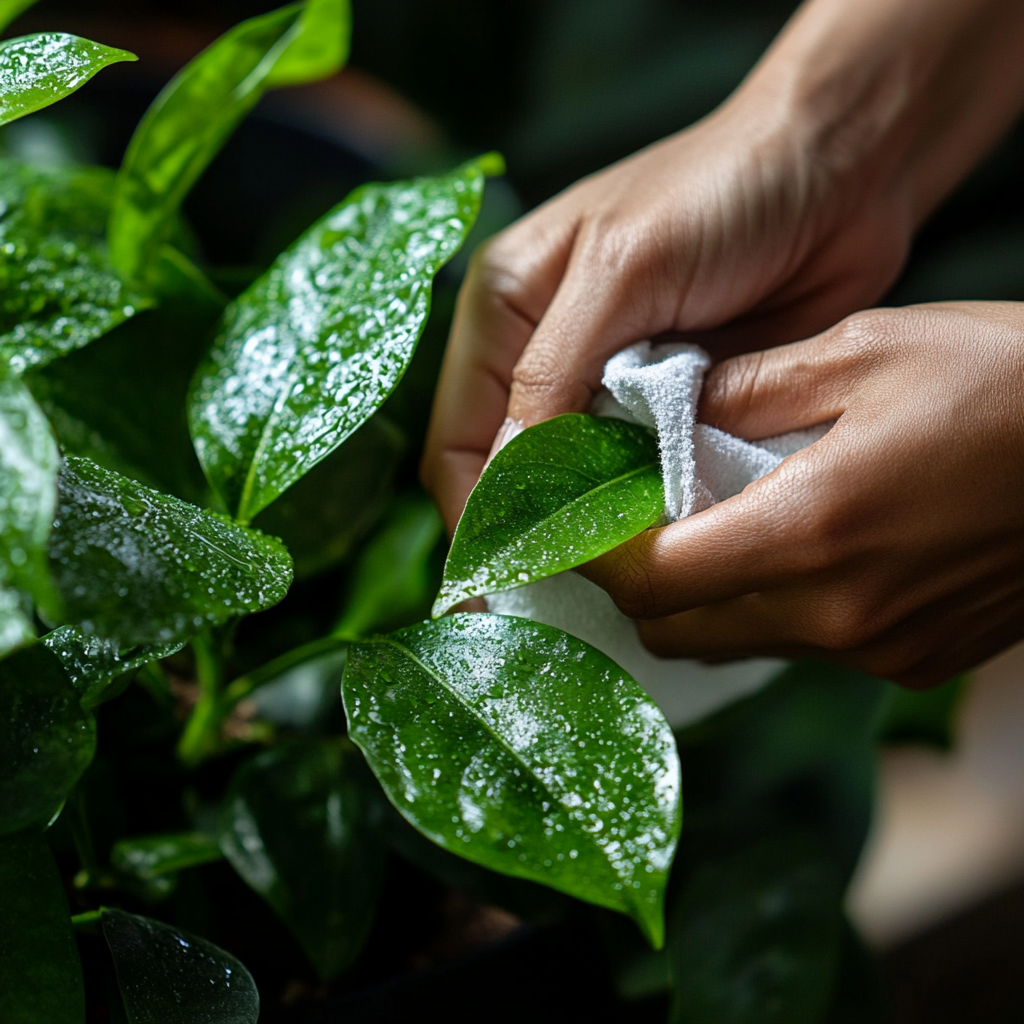Indoor plants bring freshness and purity to both homes and offices. On the other hand, these harmless plants invite a lot of unwanted guests called pests. These little creatures also have the potential to damage plants. This article helps you find the most common indoor plant pests and effective ways to prevent and manage an infestation.

Understanding Common Pests in Indoor Plants
1.Aphids
Aphids are small, pear-shaped insects that can be green, yellow, black, or even red. They feed on plant sap by piercing leaves and stems, which can stunt growth and cause leaves to curl or turn yellow.
Signs of Infestation: Sticky residue (honeydew) on leaves, distorted foliage, and sometimes the presence of sooty mold.
Why They’re a Problem: Aphids breed quickly, and one infestation can kill a plant if left untreated.
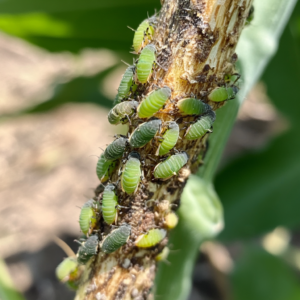
2.Spider Mites
Spider mites are minuscule arachnids that are usually not seen with the naked eye, but the damage they do is not to be mistaken. They thrive in dry conditions, making them a common problem in heated homes during winter.
Signs of Infestation: Fine webbing on leaves, yellow or brown spots, and a dusty appearance.
Why They’re a Problem: They suck plant juices, weakening the plant and making it susceptible to other problems.
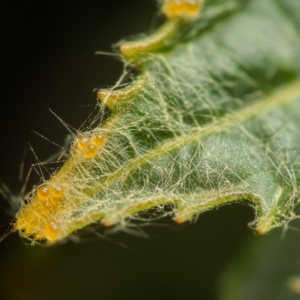
3.Mealybugs
Mealybugs are soft-bodied insects covered with a white, cotton-like substance. They feed on plant sap and excrete honeydew, attracting other pests and diseases.
Signs of Infestation: Cotton-like clusters on leaves and stems, sticky residue, and plant wilting.
Why They’re a Problem: Mealybugs hide in hard-to-reach places, making them challenging to eradicate.
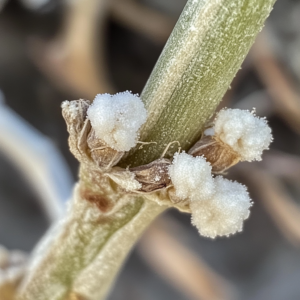
4.Fungus Gnats
Fungus gnats are small, mosquito-like flies whose larvae do well in wet soil. Adults are more of a nuisance, but larvae feed on plant roots.
Signs of Infestation: Tiny black flies around the plant and yellowing/wilting leaves.
Why They are a Problem: They will cause injury to seedlings and young plants by damaging roots.

5.Scale Insects
Scale insects are small, shell-like bumps on the leaves and stems. These insects suck out the sap from the plant, which causes leaves to turn yellow and fall.
Signs of Infestation: Hard bumps on plant surfaces, yellowing leaves, and reduced plant vigor.
Why They’re a Problem: They’re hard to remove and can substantially weaken a plant over time.
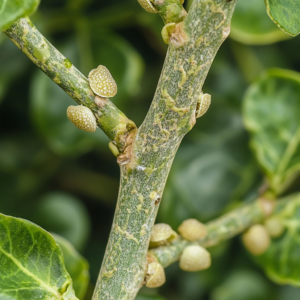
Causes of Pest Infestation
Pest prevention requires one to understand why pest manifestation occurs. Several factors, described below, contribute to pests in indoor plants.
Overwatering: This leads to excess moisture that could be a breeding place for fungus gnats and root rot.
Inadequate Air Circulation: When ventilation is poor, the plant will attract pests that are fond of humidity, like spider mites and aphids.
Import of Pests: Sometimes getting home a new plant infested with pests infects healthy plants too.
Seasonal Variations: The dryness within this winter season indoors tends to leave plants more vulnerable, in case of spider mites infection.
Effective Prevention Strategies
Prevention is always better than cure when it comes to pest management. Follow these tips to keep your indoor plants pest-free:
1.Regular Inspection and Maintenance
Inspect your plants weekly, paying close attention to the undersides of leaves, stems, and soil surface. Look for early signs of pests like discoloration, sticky residue, or webbing.
Tip: Use a magnifying glass to spot tiny pests like spider mites.
Wipe leaves with a soft, dampened cloth to remove dust and the potential for pests.
Prune any leaves that are damaged or affected by infestation to halt further pest spread.
2.Water Wisely
The main cause of pest manifestations in plants is overwatering. Make sure your plants are watered only when the top inch of soil feels dry.
Tips:
Use pots with draining holes.
Pour out extra water from saucers so water does not collect.
Avoid splashing water on leaves, as this invites pests.
3.Quarantine New Plants
Anytime you bring home a new plant, isolate it for at least two weeks. This way, any pest hidden in the plant will not spread to your other plants.
How to Quarantine:
Place the new plant in a separate room or corner.
Observe it closely for signs of pests during this period.
4.Improve Air Circulation
Good airflow reduces humidity and discourages pest infestations. Position plants to allow adequate space between them.
Practical Steps:
This can be achieved by using a small fan for air movement.
Do not bunch plants together on a shelf or in corners.

5.Natural Deterrents
There are numerous organic remedies that repel pests without causing harm to your plants or the environment.
Neem Oil: Mix neem oil with water and a few drops of dish soap. Spray on plants to deter aphids, spider mites, and mealybugs.
Sticky Traps: Yellow sticky traps should be used to capture flying insects such as fungus gnats.
Essential Oils: Peppermint and lavender oils diluted in water may help repel certain pests.
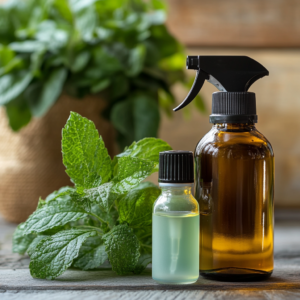
Managing Infestations
Pests can find their way to your indoor plants sometimes, even with the best prevention. Here is the way to manage them efficiently:
Step 1: Insulate the Plant
Move the already infested plant immediately, keeping it away from other healthy plants to avoid spreading.
Step 2: Physical Control
Remove visible pests with your hands using:
A soft, soapy, water-soaked cloth or sponge
Small brush for hard-to-reach spots
Pruning scissors in removing heavily infested spots.
Step 3: Apply Treatment
Select the treatment method according to the level of infestation:
Mild Infestation: Homemade remedies such as soapy water sprays or neem oil can be used.
Severe Infestation: Resort to chemical insecticides. It should be used as a last resort and according to the instructions of the manufacturer to avoid harming your plant.
Step 4: Monitoring and Reapplication
Pest control is not a one-time process. Monitor your plant from time to time and reapply treatments whenever necessary.
Indoor plants bring beauty and serenity into your home, but common pests can quickly destroy their health and vitality. Knowing the different types of pests, how to recognize early signs, and methods of prevention can help you protect your plants and enable them to thrive. A regular care routine, proper water application, and vigilance provide the best tools against pests. With the information in this guide, you will be well-equipped in maintaining a healthy, no-pest indoor garden.
